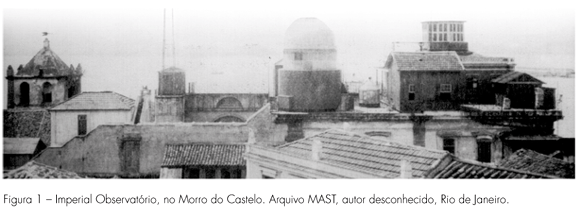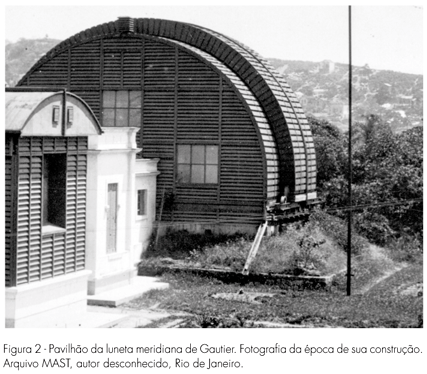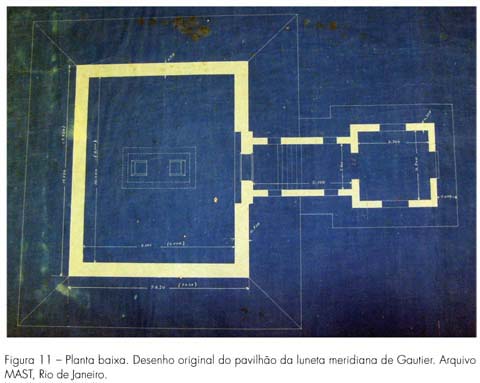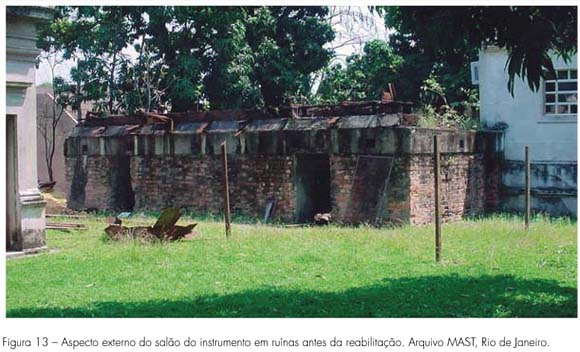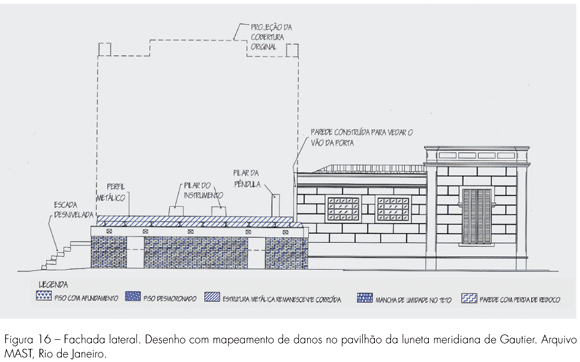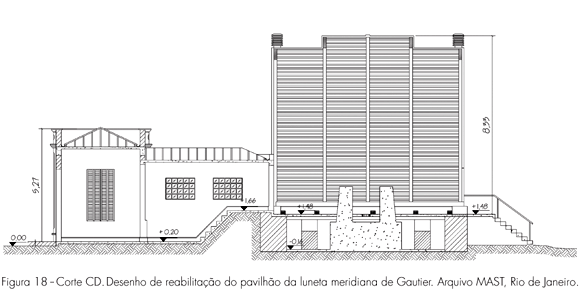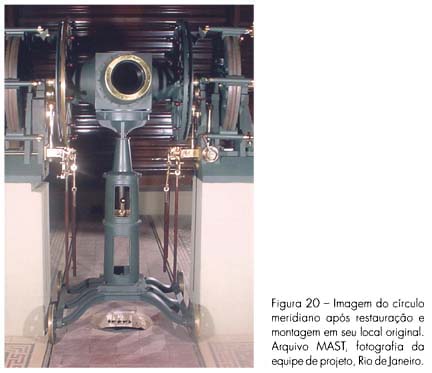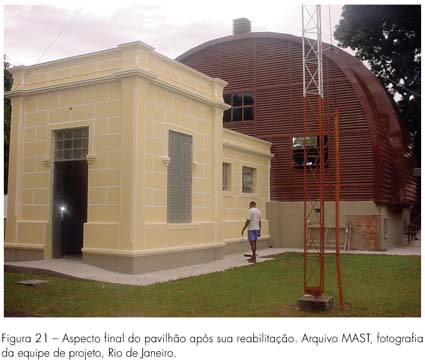MAST is a science and technology museum located on the premises of and within the architectural complex belonging to the former National Observatory of Rio de Janeiro. Soon after the museum was created, the historical heritage existing there - which pertains to a significant period of the history of science in Brazil - was listed by the Brazilian National Heritage Institute (Iphan) and the Rio de Janeiro State Cultural Heritage Institute (Inepac) in 1986 and 1987, respectively. The listed heritage comprises 16 buildings as well as a collection of scientific instruments and other significant artifacts, including a collection of furniture. Following on from previous interventions on the instruments in the collection and the astronomy domes within the campus, the restoration and rehabilitation of significant parts of the listed heritage under MAST’s responsibility were made possible through a partnership with VITAE Foundation. The project was carried out by a multidisciplinary team and based on historical research into the meridian circle and its shelter over a period of three years. It was accompanied by an exhaustive photographic recording of each stage of the project, including a diagnosis of the instrument’s upkeep and its restoration, the rehabilitation of the pavilion, and the replacement of the instrument to its original position, as well as a description of the museum to provide the visitors with information about the restoration work carried out. It should be noted that the restored instrument was at great risk of being lost, as it had been left disassembled since the 1960s, and the top part of the dome that sheltered it had been demolished in the 1980s, leaving just a vestibule and the base of the dome, part of which was in danger of collapsing. The rationale behind this intervention was not to put the instrument back in working order, but to allow it to be viewed and understood by the public within the museum space that was created. The project highlighted the object’s power of communication. As for the dome, a shelter was built for the instrument using a metal cover similar to the original in volume and appearance, but with a different function, i.e. it is no longer designed for astronomical investigation, but rather to protect the exhibition space and merge harmoniously with the rest of the listed architectural complex.
Restoration; Scientific Instruments; Rehabilitation; Astronomy Pavilions; Museum of Astronomy and Related Sciences

